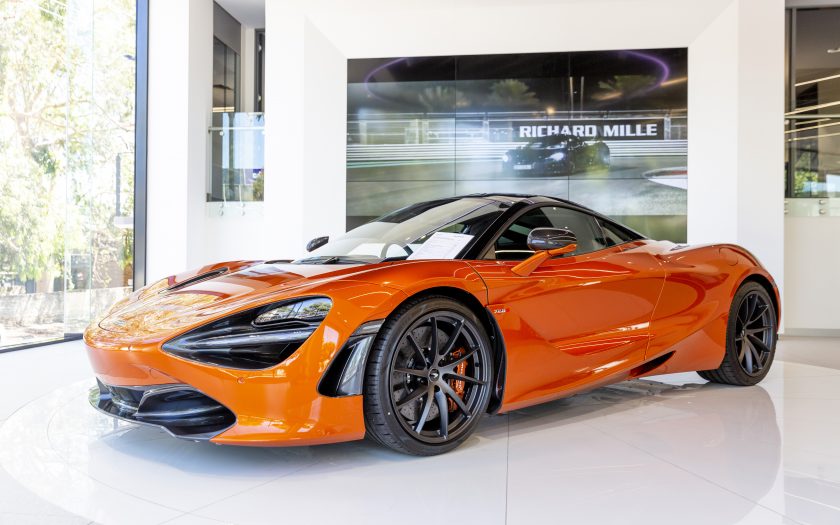DESPITE A LONG and illustrious history in motor sport, some people still see McLaren as something of a “Johnny-come-lately” in the supercar ranks.
That’s not something that bothers the company or George Biggs, managing director of McLaren Automotive, Asia Pacific and China.
In fact, he sees it as an advantage.
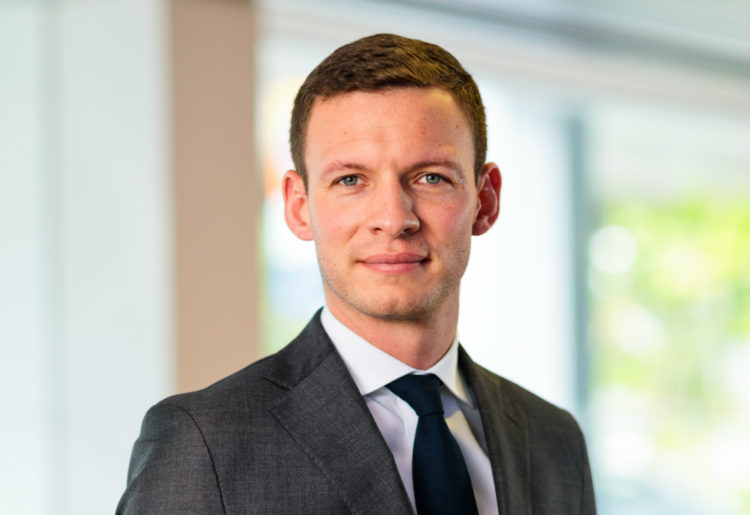
There can be few markets as diverse as those under the stewardship of George Biggs. China is a future economic powerhouse, currently embroiled in a trade battle with the US. Singapore is an Asian hub that puts more constraints on car ownership than perhaps any other country on earth. And then there’s Australia and New Zealand where the heritage of McLaren is strongest, especially since Bruce McLaren, the company founder, was a native New Zealander.
Dealing with the huge cultural differences is just one of the challenges facing George Biggs. “People who really know the brand are very close to it,” he says. “Depending on the market, they interpret it differently. China, for example, appreciates that McLaren is a young, innovative, fast-moving brand and they buy into the futuristic nature of it. There, and in Japan, Bruce McLaren and (fellow New Zealander and McLaren racing driver) Denny Hulme is less relevant than it is in Australia and New Zealand. Each of our twelve markets across Asia has a different interpretation of who we are. Each is relevant; it’s just a matter of which one we emphasise and talk about the most.”
It’s an approach that obviously works: McLaren sales increased 125 percent last year in China (in a declining market). Globally, McLaren sales were up 44 percent. There are now twelve showrooms in China, 21 in the US, eight in the UK, five in Japan and, with the recent opening of the Zagame showroom in Adelaide, four in Australia.
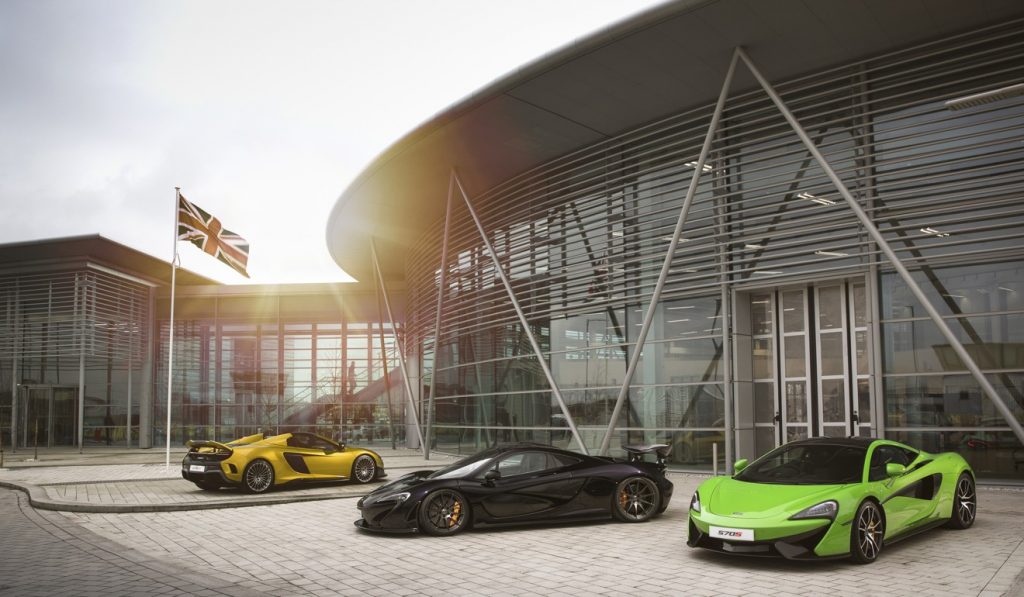
George Biggs started with McLaren Automotive in 2012, having previously worked with VW in the UK and as a consultant on commercial strategy. At that time, McLaren had only been producing the 12C for six months, there were less than 20 dealers, mostly in the major metropolitan markets in North America and Europe, plus a few outposts in Asia and a tiny customer base. “In 2011, McLaren had a customer base of zero … well, actually 105 Formula 1 owners,” George recalls. “In the last couple of years we’ve won confidence and business. Our focus is about delivering the best driver’s cars, not necessarily about the fastest lap time, the biggest engine or the highest power.” Now McLaren has more than 90 dealers worldwide. And last year sold 4800 cars, not far short of its maximum annual production of 6000 from its Woking (UK) factory.
“We want to ensure that McLaren owners get the most enjoyment out of their cars. For some people, that’s putting on a helmet and race overalls and going around a circuit very, very fast. We have cars that will do that for them. Some people wake up on a Saturday morning and just want to go and have a nice drive, stop off and have breakfast. Understanding our customers allows us to develop products that we wouldn’t have had on the drawing board in 2011.”
The truth of that is demonstrated by the different McLaren models ranging through Sports Series, Super Series and Ultimate Series. In 2018, McLaren launched the 600LT, the first two Track25 cars, the McLaren Speedtail, the next Ultimate Series, its first Hyper-GT and the 720S Spider. That’s an ambitious and rapid expansion. On the other hand, the upcoming McLaren GT is a more user-friendly model with continent-crossing ability, generous luggage space, designed to appeal to a wider audience. “Until now,” admits George, “McLaren has been a male-dominated brand, but we are seeing more females. The new GT is good for the image of the brand, good for people to understand that our cars are easy to drive. The new GT delivers something we treasure about our brand: that it is a welcoming, inclusive experience.”
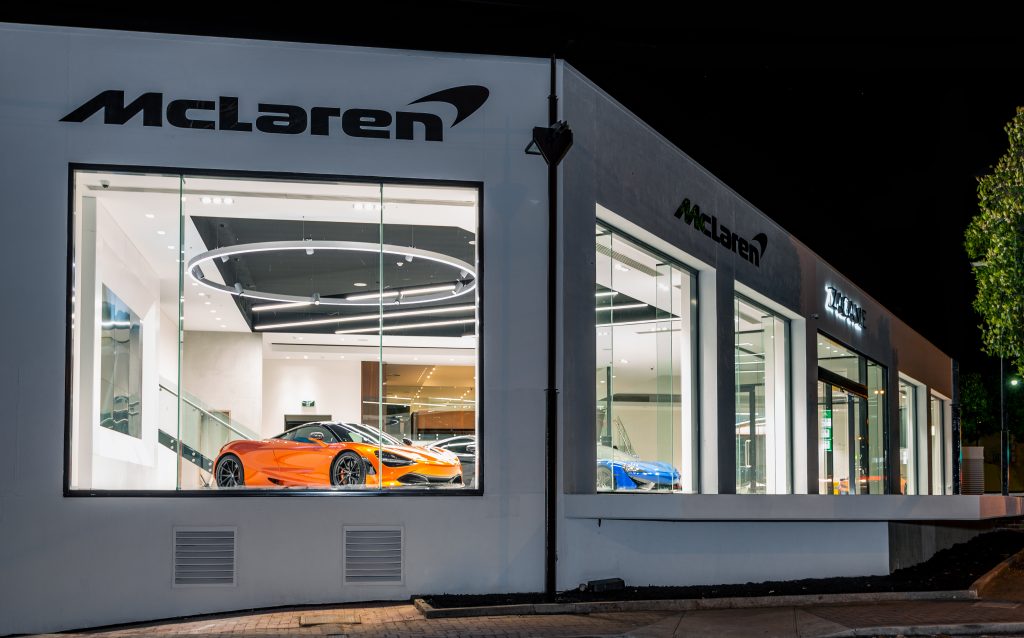
Of course, McLarens won’t ever be cheap, but in this rarefied world, value is still a factor. McLaren employs a “market-based” pricing strategy. George explains it. “We look to determine what people see as value for their car. We think it represents value, especially taking into account such things as our carbon fibre chassis and V8 engines, and we do it market by market. But it’s not an exact science.”
As with most ultra-high-performance brands and ultra-luxury brands, the ownership experience is a lifestyle choice. Owners of McLarens can expect invitations to exclusive luxury events, curated driver’s programs and bespoke offerings through McLaren Special Operations division. While in Adelaide for the opening of the new Zagame showroom, George talked to 40-odd owners. “We talked about their profession, what they do and how the car plays a role in their life. We don’t just look at automotive competitors. We look at other pleasures such as a holiday home, boats, the areas where our customers play. When I go back to the factory, I get to talk to the engineers, the guys who make the decisions. It’s a closer loop between me and the development engineer and the CEO compared to other manufacturers.”
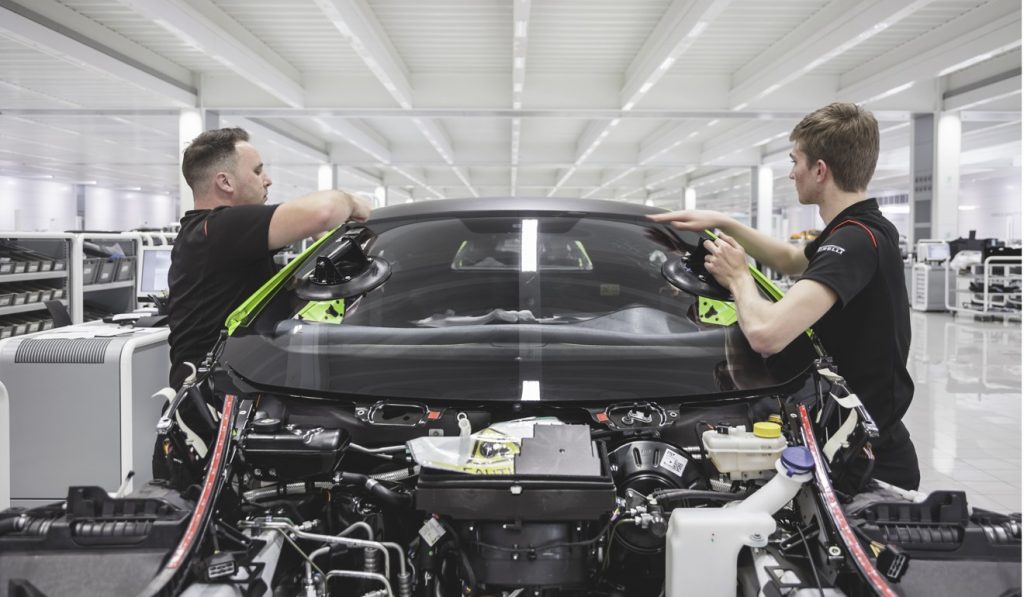
And that, in a nutshell, may be why McLaren goes from strength the strength. Brands that used to be exclusive, such as Ferrari, Maserati and Lamborghini are becoming increasingly mainstream.
We’ll leave the last word to George. “There are some fantastic products out there. I’m clearly biased but I think we have the best product available in the market, from a brand perspective, a design perspective and a technology perspective. As a supercar buyer, you’re in a good place, so we have to be aware of that competition, how our customers think, what they value and what they see around the market. We respond and build cars that are appropriate to that.”
